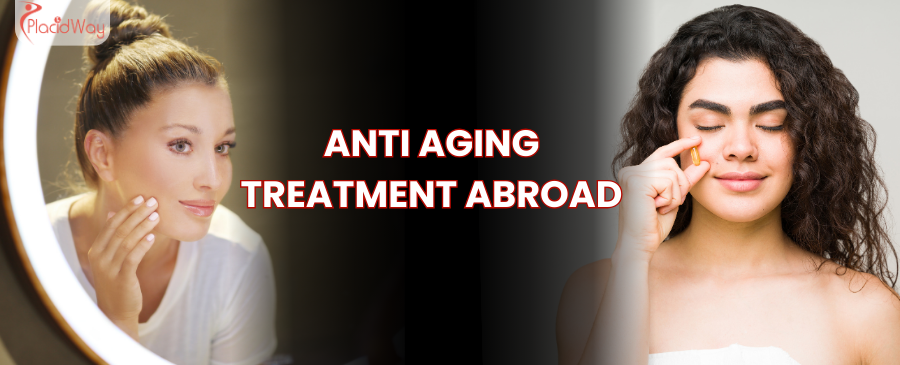
Your Guide to Anti-Aging Treatments Abroad
The quest for a youthful appearance is timeless. As we age, our skin naturally loses elasticity, leading to wrinkles, fine lines, and sagging. While this is a normal part of life, modern medicine offers a wide array of anti-aging treatments to help you look as young as you feel. These procedures, ranging from non-invasive injections to surgical facelifts, can restore confidence and rejuvenate your appearance. However, the high cost in countries like the U.S. and the UK can be a significant barrier.
This is where medical tourism offers a compelling solution. Imagine receiving world-class cosmetic care from a board-certified specialist at a fraction of the price you would pay at home, all while enjoying a relaxing getaway in a beautiful destination. It's not too good to be true; it's the reality for thousands of people who travel abroad for anti-aging treatments every year. By choosing medical tourism, you can access advanced procedures, avoid long wait times, and make your budget for self-care stretch further than ever before. PlacidWay is here to guide you through every step of this exciting journey, connecting you with accredited clinics and experienced doctors worldwide.
What are the first signs of aging?
The aging process is unique to each individual, but certain signs are universally recognized. The most common and earliest indicators appear on our skin, which is most exposed to environmental factors. You might first notice fine lines around your eyes or mouth, especially when you smile or frown. These are known as dynamic wrinkles and are caused by repeated muscle movements.
As collagen and elastin production slows down, you may also see other changes. These include:
- Dullness of skin: Your skin's natural exfoliation process slows, leading to a buildup of dead cells that can make your complexion look tired and lackluster.
- Uneven skin tone: Years of sun exposure can lead to hyperpigmentation, commonly known as age spots or sun spots, particularly on the face, hands, and chest.
- Loss of volume: Cheeks that were once full may start to look hollowed as the underlying fat pads diminish. This can also lead to sagging skin, especially around the jawline, creating the appearance of jowls.
These signs are a result of intrinsic factors (your genetic makeup) and extrinsic factors (like sun exposure, pollution, diet, and stress). Understanding these early signs is the first step in creating an effective anti-aging strategy.
Who is a good candidate for anti-aging treatments?
Eligibility for anti-aging treatments isn't about reaching a certain age; it's about your personal cosmetic goals, overall health, and expectations. A good candidate is someone who is bothered by the visible signs of aging and is looking for a proven solution to improve their appearance. Whether you're in your 30s seeking preventative Botox or in your 60s considering a full facelift, there is likely a treatment suitable for you.
Ideal candidates generally share a few key characteristics. Firstly, they are in good overall health. Chronic conditions like high blood pressure or diabetes must be well-managed before undergoing any surgical procedure. Secondly, they have realistic expectations. Anti-aging treatments can create remarkable improvements, but they won't stop the aging process entirely or make you look like a different person. A thorough consultation with a qualified doctor will help align your goals with what is medically achievable.
Finally, lifestyle plays a crucial role. Non-smokers typically have better outcomes and faster healing, as smoking can impair blood flow and compromise recovery. Being mentally and emotionally prepared for the procedure and the recovery period is also essential for a positive experience.
What are the different types of anti-aging treatments?
The world of anti-aging is vast and innovative, offering solutions for every level of concern and comfort. The treatments can be broken down into three main categories:
Injectables and Fillers: These are some of the most popular non-surgical treatments globally.
- Botox (Botulinum Toxin): This injectable works by temporarily relaxing the muscles that cause dynamic wrinkles, such as crow's feet, forehead lines, and frown lines. The result is smoother, younger-looking skin.
- Dermal Fillers: Typically made from hyaluronic acid, fillers are used to restore lost volume, smooth out deep-set wrinkles, and enhance facial contours. They can plump up cheeks, fill in laugh lines, and augment lips.
Skin Resurfacing and Tightening: These treatments focus on improving the texture, tone, and tightness of the skin.
- Laser Skin Resurfacing: Uses focused light energy to remove the outer layers of damaged skin, stimulating collagen production and revealing smoother, more even-toned skin underneath. It's effective for wrinkles, scars, and sun damage.
- Chemical Peels: A chemical solution is applied to the skin to exfoliate it and eventually cause it to peel off. The new, regenerated skin is smoother and less wrinkled than the old skin.
- Microneedling: Involves using fine needles to create tiny punctures in the skin, which triggers the body's natural healing process and boosts collagen and elastin production.
Surgical Procedures: For more significant and permanent results, surgery is often the best option.
- Facelift (Rhytidectomy): This procedure addresses sagging skin, jowls, and deep creases by lifting and tightening the underlying facial muscles and removing excess skin.
- Eyelid Surgery (Blepharoplasty): Corrects droopy upper eyelids and removes puffy bags from under the eyes, resulting in a more alert and rested appearance.
- Brow Lift: Raises a sagging browline and smooths forehead wrinkles, creating a more youthful and refreshed look.
Why are anti-aging treatments cheaper in other countries?
The significant price difference often raises questions about quality, but the lower cost is rarely a reflection of inferior care. The primary driver behind the affordability of medical treatments abroad is the difference in economic structure. Countries like Mexico, Turkey, and Thailand have a lower cost of living, which translates into reduced operational costs for hospitals and clinics.
Everything from staff salaries and administrative overhead to the cost of constructing and maintaining a state-of-the-art facility is less expensive. Additionally, malpractice insurance costs for doctors are substantially lower than in countries like the United States. These savings are passed directly to the patient without compromising on the quality of materials (like FDA-approved implants and fillers) or the expertise of the medical staff.
Furthermore, many governments actively support and regulate their medical tourism sector, creating a competitive market that helps keep prices down. This allows international patients to access care from highly trained, often US- or UK-educated surgeons in JCI-accredited facilities for a fraction of the domestic price.
How much can I save on anti-aging treatments through medical tourism?
The potential savings are often the most compelling reason for patients to consider medical tourism. Depending on the procedure and destination, you can expect to save anywhere from 40% to over 70% on your anti-aging treatment. For instance, a facelift that might cost $15,000 in the U.S. could be available for as little as $4,000 in a top clinic in Mexico or Turkey.
These savings are not just limited to major surgeries. Non-invasive treatments like Botox and dermal fillers are also significantly more affordable. The money saved can be substantial enough to cover the entire cost of your trip—flights, accommodation, and even leisure activities—turning your medical journey into a rejuvenating vacation. This cost-effectiveness makes anti-aging treatments accessible to a much broader range of people.
Cost Comparison of Popular Anti-Aging Procedures (USD)
| Procedure | USA Cost | Mexico Cost | Turkey Cost | Thailand Cost |
|---|---|---|---|---|
| Facelift | $8,000 - $15,000 | $4,000 - $7,000 | $3,500 - $6,000 | $5,000 - $8,000 |
| Botox (per area) | $300 - $600 | $150 - $300 | $100 - $250 | $200 - $400 |
| Dermal Fillers (per syringe) | $600 - $1,200 | $300 - $600 | $250 - $500 | $350 - $700 |
| Laser Skin Resurfacing | $2,000 - $5,000 | $800 - $2,000 | $700 - $1,800 | $1,000 - $2,500 |
*Prices are estimates and can vary based on the clinic and specific patient needs.
Which country is best for anti-aging treatments?
There is no single "best" country; instead, there are several excellent destinations, each with unique advantages. Your ideal choice may depend on factors like your budget, travel preferences, and the specific procedure you're interested in.
- Mexico: A top choice for North American patients due to its geographical proximity, making travel easy and affordable. Cities like Tijuana and Cancun have world-class clinics specializing in cosmetic procedures, offering significant savings without a long flight.
- Turkey: Istanbul has become a global hub for cosmetic and anti-aging surgery. It boasts a high concentration of internationally accredited hospitals, highly skilled surgeons, and incredibly competitive all-inclusive packages that often include treatment, accommodation, and transfers.
- Thailand: Known as the "Land of Smiles," Thailand combines cutting-edge medical technology with unparalleled hospitality. Hospitals in Bangkok and Phuket are famous for their spa-like environments and comprehensive patient care, making it a perfect destination for a restorative medical trip.
Other popular destinations include Costa Rica, known for its eco-friendly recovery retreats, and several countries in Eastern Europe like Poland and the Czech Republic, which offer excellent value for European patients.
How do I choose a safe clinic for anti-aging procedures abroad?
Safety should be your number one priority. Vetting a clinic thousands of miles away can seem daunting, but there are clear indicators of quality. First, look for international accreditations. Certifications from bodies like the Joint Commission International (JCI) or ISO signify that the facility adheres to the highest global standards of patient care and safety.
Next, research your surgeon. Verify their credentials, training, and board certifications. A reputable surgeon will be transparent about their experience and happy to provide testimonials or show you a portfolio of their work. Reading recent, verified reviews from other international patients can also provide invaluable insight into the patient experience.
Working with a trusted medical tourism facilitator like PlacidWay can simplify this process immensely. We have an established network of accredited partner clinics and doctors that have already been thoroughly vetted for their quality, safety, and patient satisfaction, giving you peace of mind.
What are the risks of getting cosmetic treatments overseas?
While medical tourism is generally very safe, it's important to be aware of the potential risks, which can be minimized with careful planning. The medical risks associated with any procedure such as infection, scarring, or adverse reactions to anesthesia are the same whether you are at home or abroad. Choosing an accredited facility with strict hygiene protocols is the best way to minimize these.
The additional risks of medical tourism relate to travel and logistics. Long flights can increase the risk of blood clots, so it's important to move around during the flight and stay hydrated. There can also be challenges related to language barriers or cultural differences, though most top international hospitals have English-speaking staff and dedicated international patient coordinators. The biggest risk comes from choosing an unvetted, low-cost provider. This is why due diligence is non-negotiable.
What is the recovery time for common anti-aging procedures?
Understanding the recovery timeline is crucial for planning your medical trip. For non-surgical treatments, the downtime is minimal. With Botox or fillers, you might experience some slight bruising or swelling, but you can typically resume your daily activities immediately. For this reason, these are often called "lunchtime procedures."
Skin resurfacing treatments like chemical peels or lasers may require a few days to a week of social downtime as the skin heals and peels. Surgical procedures naturally involve a longer recovery. For a facelift, you should plan for about 10-14 days of rest and limited activity at your destination before you are cleared to fly home. Swelling and bruising will gradually subside over several weeks, and you should avoid strenuous activity for at least 4-6 weeks.
Are the results of anti-aging treatments permanent?
This is a common and important question. While anti-aging treatments can turn back the clock, they can't stop it from ticking. The longevity of your results depends on the type of treatment. Surgical procedures like a facelift or eyelid surgery offer very long-lasting results, often making you look 10-15 years younger for a decade or more. However, the natural aging process will continue.
Non-surgical treatments are, by nature, temporary. Botox results typically last for 3 to 4 months before the muscle activity returns. Dermal fillers can last anywhere from 6 months to over two years, depending on the type of filler used and the area treated. To maintain the effects of these treatments, you will need to schedule regular follow-up appointments. A healthy lifestyle, especially diligent sun protection, can help prolong the results of any anti-aging procedure.
How can I slow down the aging process naturally?
While medical treatments offer powerful solutions, a proactive approach to your lifestyle is the foundation of graceful aging. The single most effective thing you can do is protect your skin from the sun. UV radiation is the primary cause of premature aging, so wearing a broad-spectrum sunscreen with an SPF of 30 or higher every day is non-negotiable.
A healthy diet rich in antioxidants—found in fruits, vegetables, and green tea—can help fight free radical damage that accelerates aging. Staying well-hydrated keeps your skin plump and supple, while regular exercise boosts circulation, delivering vital nutrients to your skin cells. Avoiding smoking and excessive alcohol consumption is also critical, as both can severely damage collagen and elastin. Finally, a consistent skincare routine with products containing ingredients like retinoids, vitamin C, and hyaluronic acid can make a significant difference in maintaining a youthful complexion.
What non-surgical anti-aging options are available?
For those not ready or willing to undergo surgery, the field of non-invasive and minimally invasive aesthetics offers a wealth of effective options. These treatments typically involve less cost, risk, and downtime compared to their surgical counterparts. As mentioned, Botox and dermal fillers are the gold standard for treating dynamic wrinkles and volume loss, respectively.
Beyond injectables, energy-based devices have revolutionized skin tightening and resurfacing. Treatments like Ultherapy use ultrasound to lift and tighten skin on the neck, chin, and brow, while radiofrequency (RF) treatments can improve skin laxity and texture. Laser treatments like Fraxel can address everything from fine lines and sun damage to acne scars, promoting a more even and youthful skin tone. These procedures can be used alone or in combination to create a comprehensive, personalized anti-aging plan without a single incision.
Take the Next Step with PlacidWay
Ready to turn back the clock with affordable cost? Your journey to a more youthful you is just a click away. Explore top-rated international clinics, compare prices, and get a free, personalized quote for your anti-aging treatment with PlacidWay. Let us help you plan a seamless and rejuvenating medical travel experience. Start your transformation today!


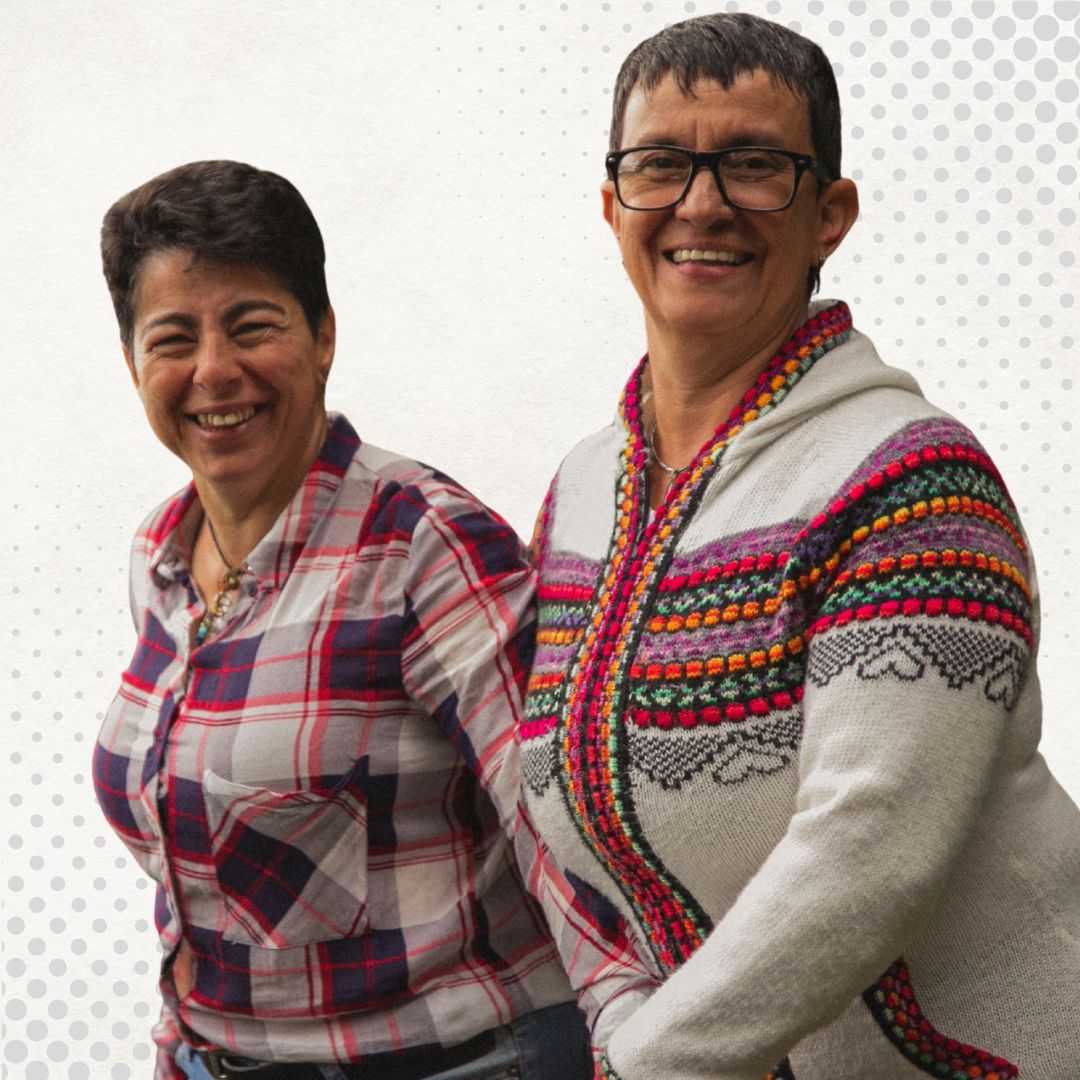
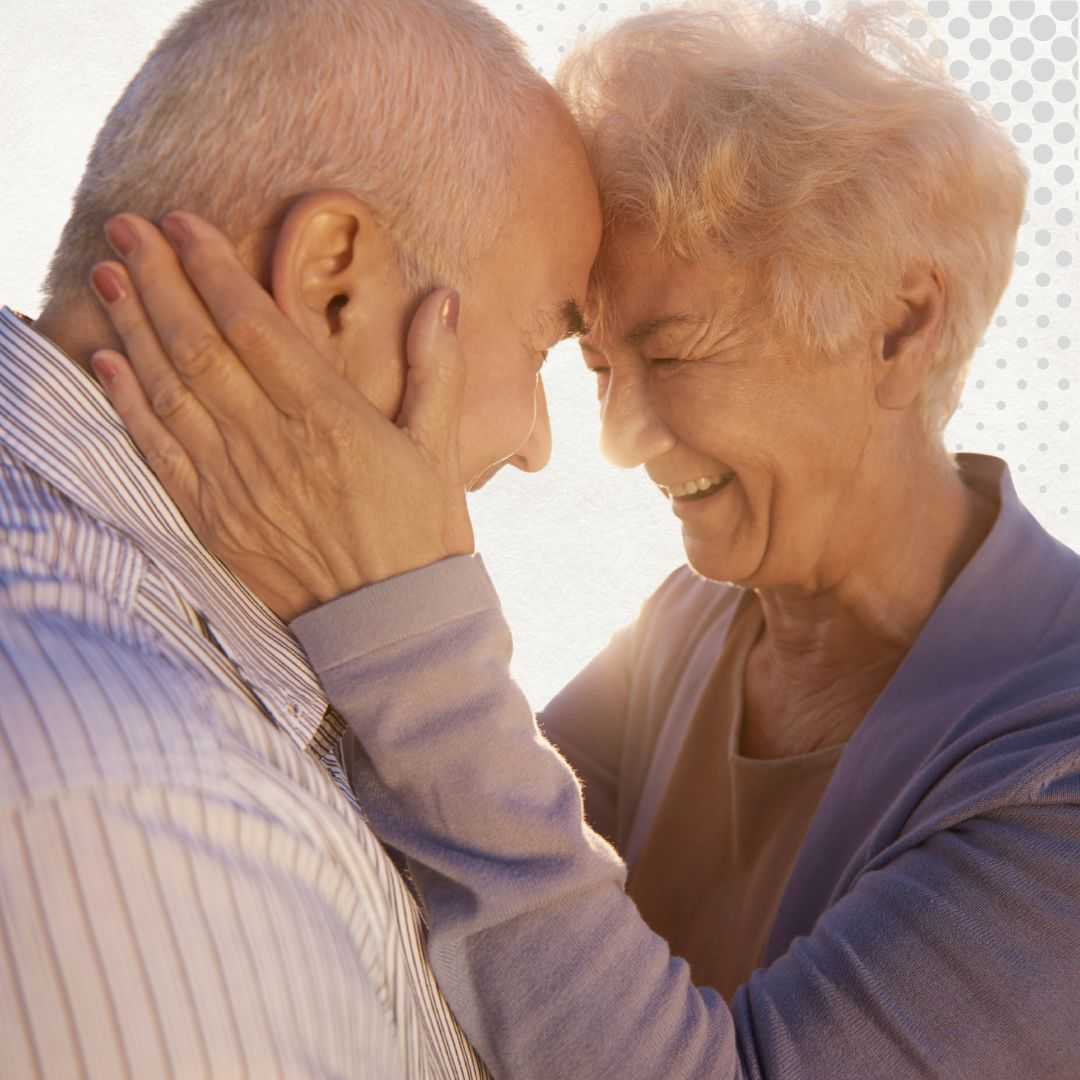

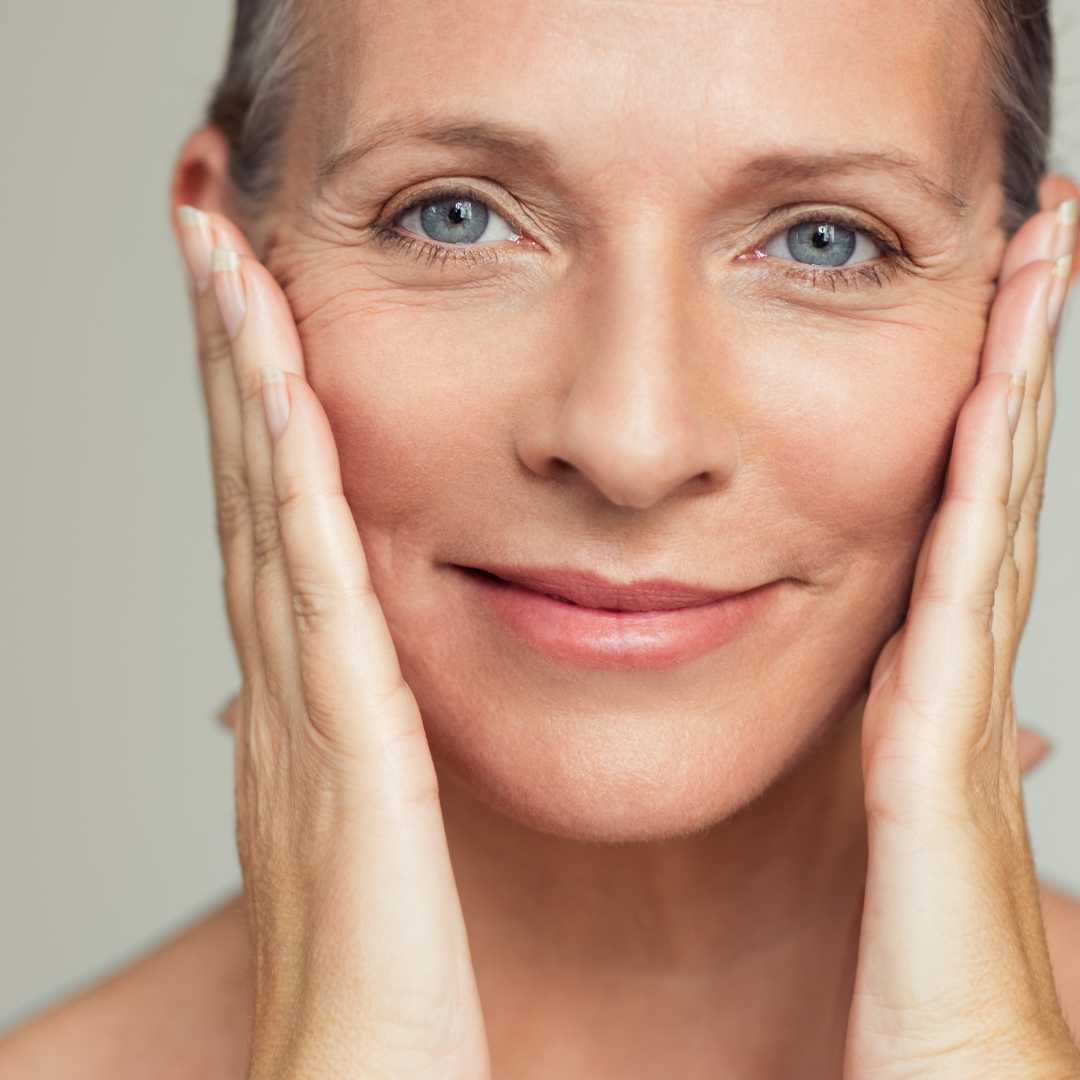
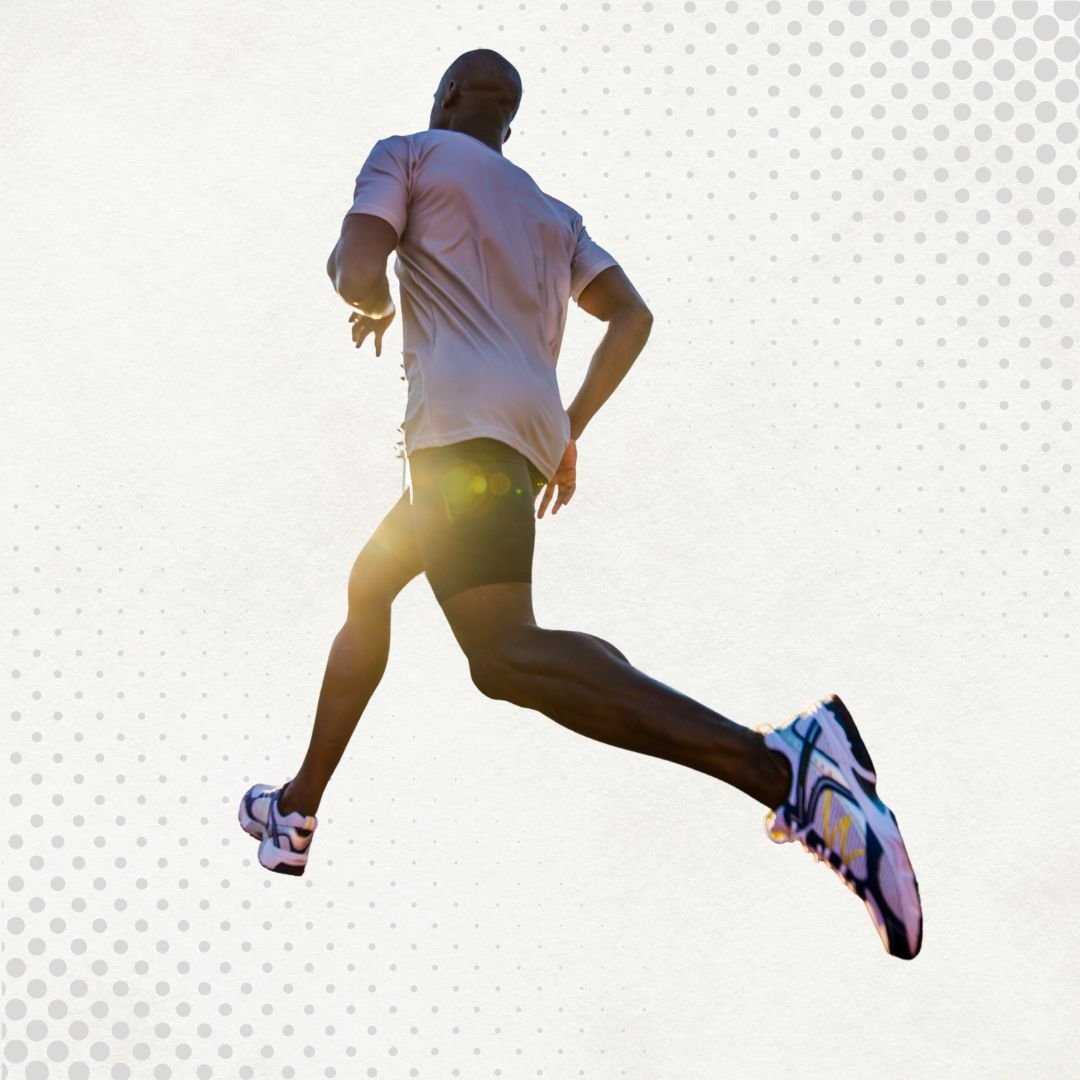
.png)
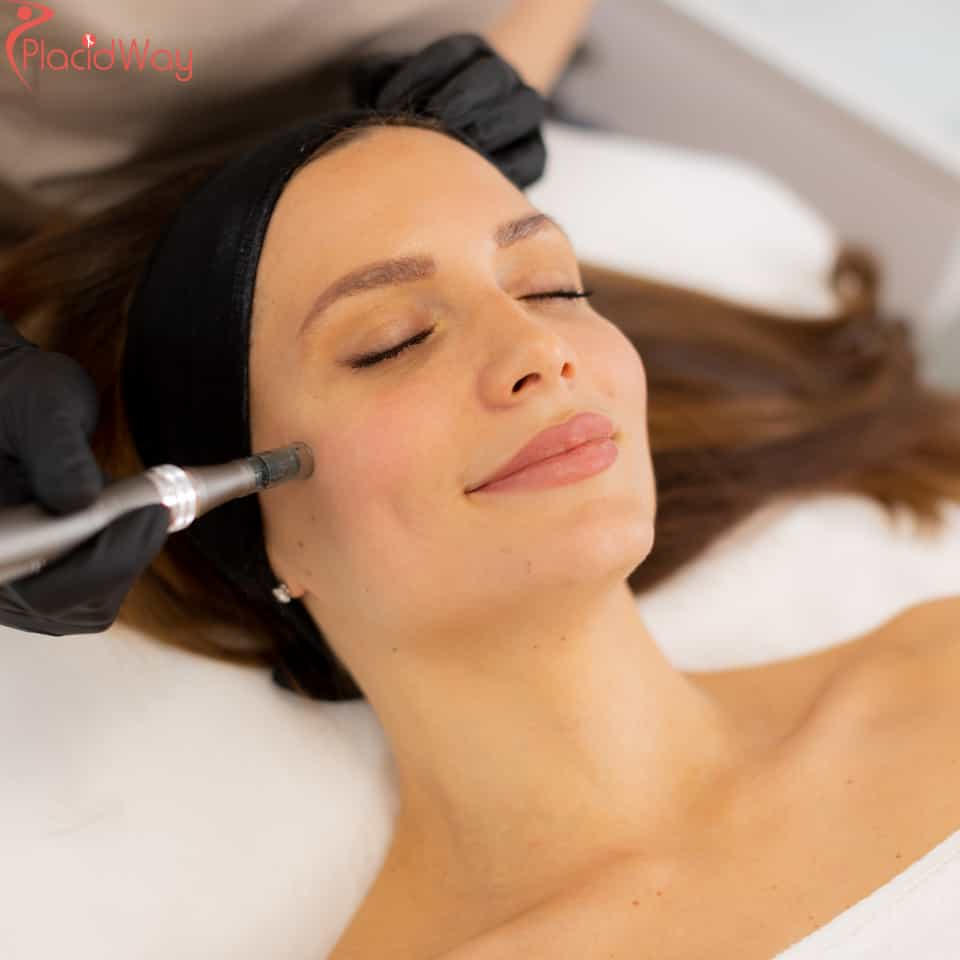

Share this listing